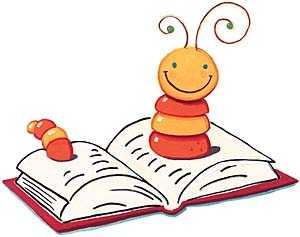Book Review- The Three Pigs by David Wiesner
a.
Bibliography
Wiesner, David. 2001. The Three Pigs. New York, New York:
Clarion Books. ISBN 0618007016
b.
Plot Summary
Everyone knows the classic tale of the three pigs. The story
begins familiarly enough, with the pigs building their homes with the usual
materials. Things start to change when the first pig gets blown right out of
the story after the wolf’s huffing and puffing, “Hey! He blew me out of the
story!” The pig rescues his brothers before the wolf can eat them, and they
begin an adventure into the realm of classic tales. Along their trip, the pigs
meet the cat and the fiddle and a dragon. These new friends accompany them back
to their own story, where the wolf is still trying to huff and puff his way
into the brick house. Unfortunately for the wolf, the dragon startles him away,
and the pigs and their new friends settle into soup for dinner, “Come inside,
everyone. Soup’s on!”
c.
Critical Analysis
In this adaptation of the classic story, Wiesner begins with
the plot simple enough, but it quickly changes into something brand new to fans
of The Three Pigs. The integrity of
early retellings is altered, but the reader can appreciate the exploration of
the story. The freshness of the story continues with the illustrations. Wiesner
brings interesting dialogue bubbles, text excerpts, and cascading words down
the pages of his retelling.
d.
Review Excerpts
·
Caldecott
Medal Winner in 2002
·
Starred
review on Amazon.com “…crafty humor
and skewed perspectives..”
·
Starred
review on Publisher’s Weekly
“…brilliant use of white space and perspective…”
e.
Connections
·
This
story would be a great way to teach comparison/contrasting different versions
of the Three Pigs.
o
How
did the pigs differ?
o
Did
the wolf eat the pigs? Escape?
o
How
did the reteller portray the houses?
·
Other
versions of The Three Pigs:
o
The True Story of the Three Little
Pigs by Jon Scieszka
and Lane Smith
o
The Three Little Pigs by Marie-Louise Gay




